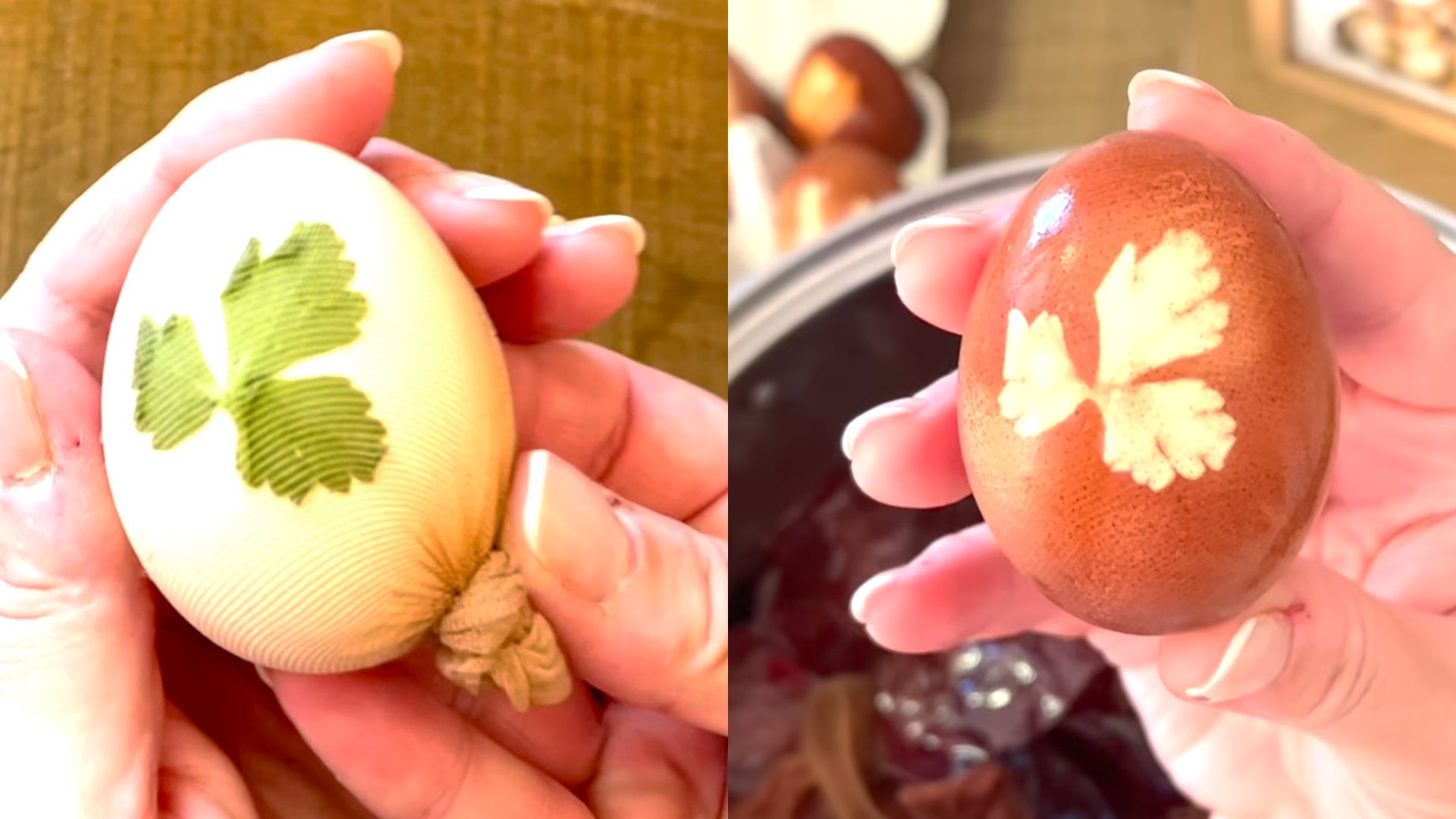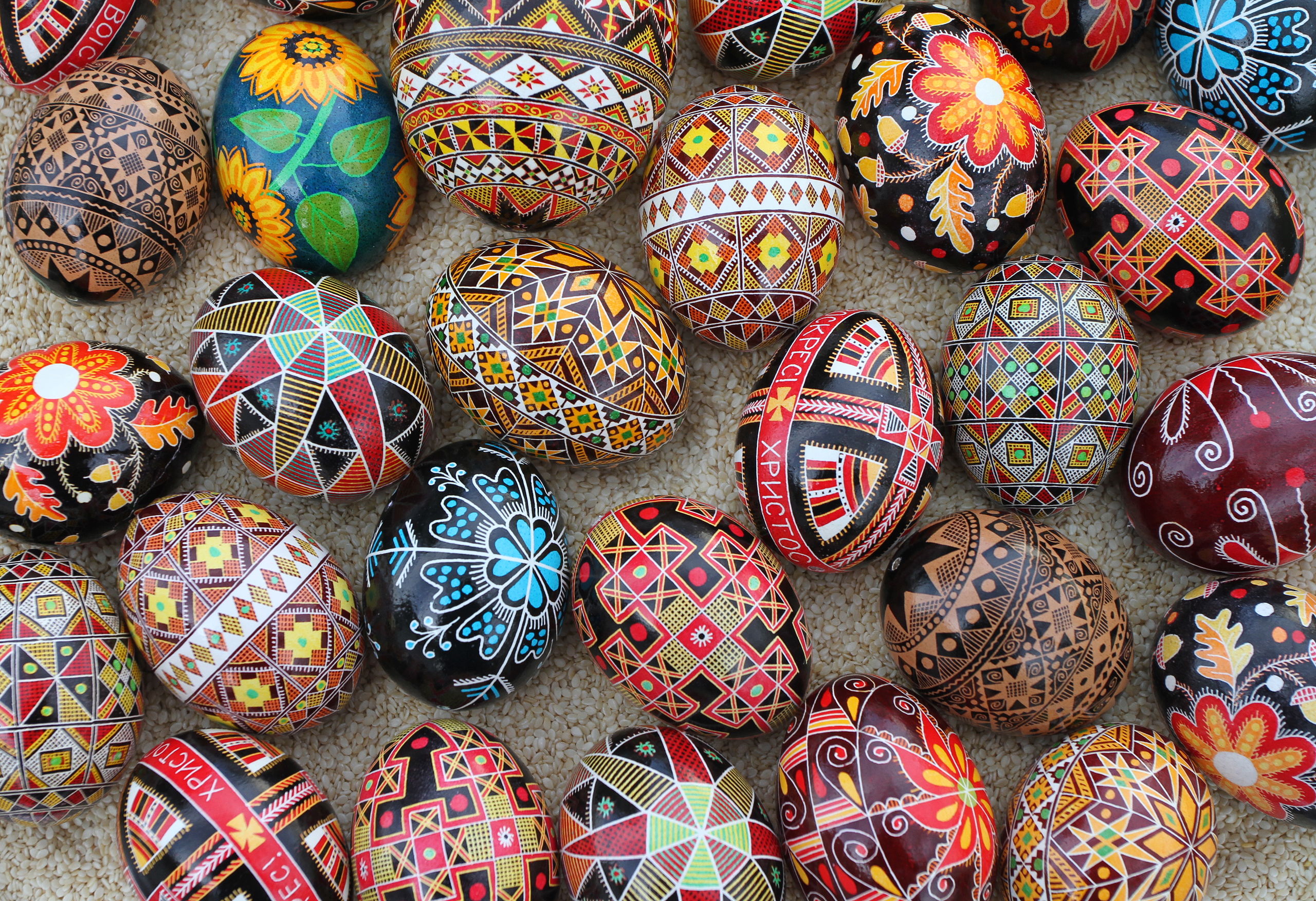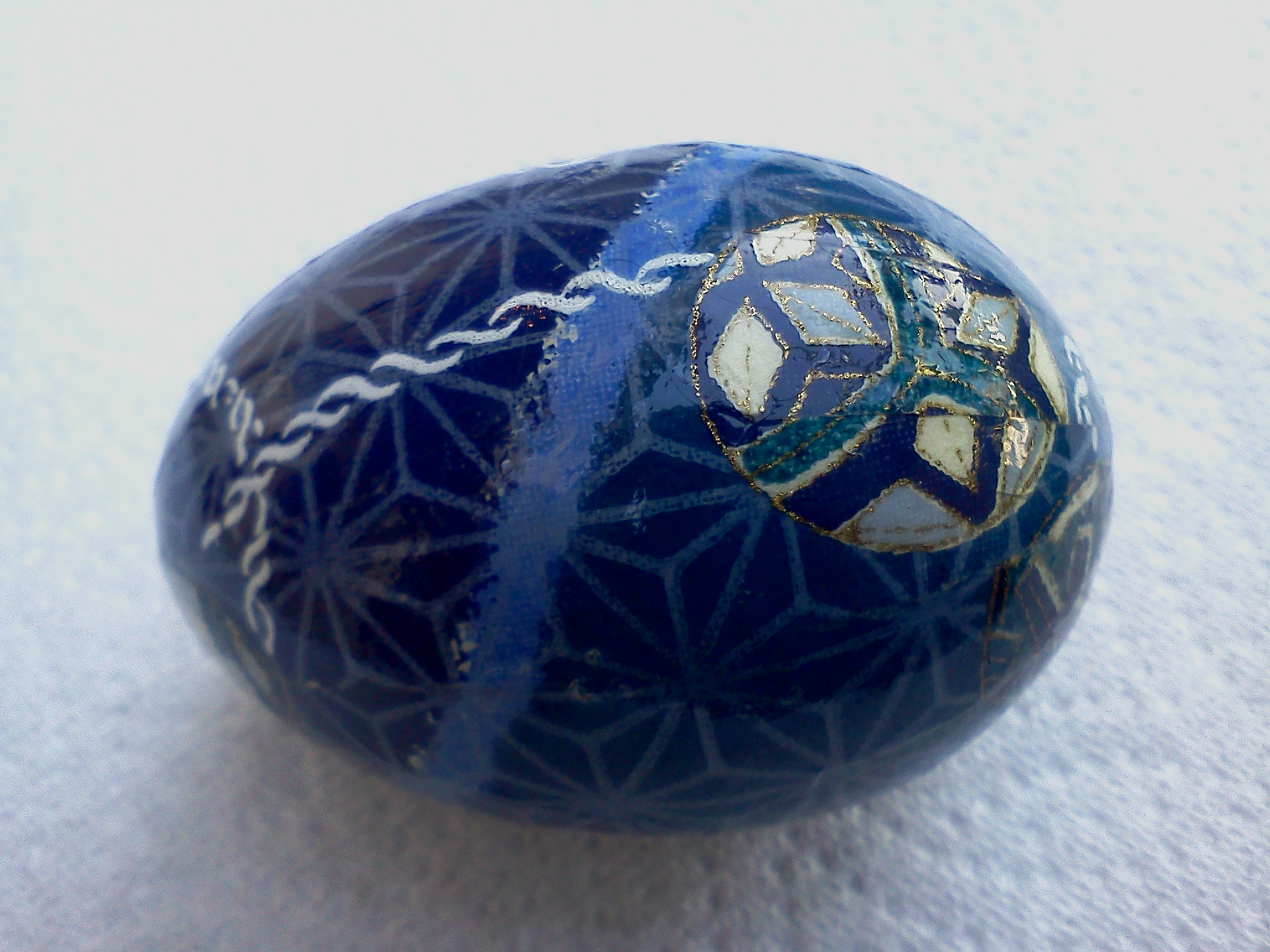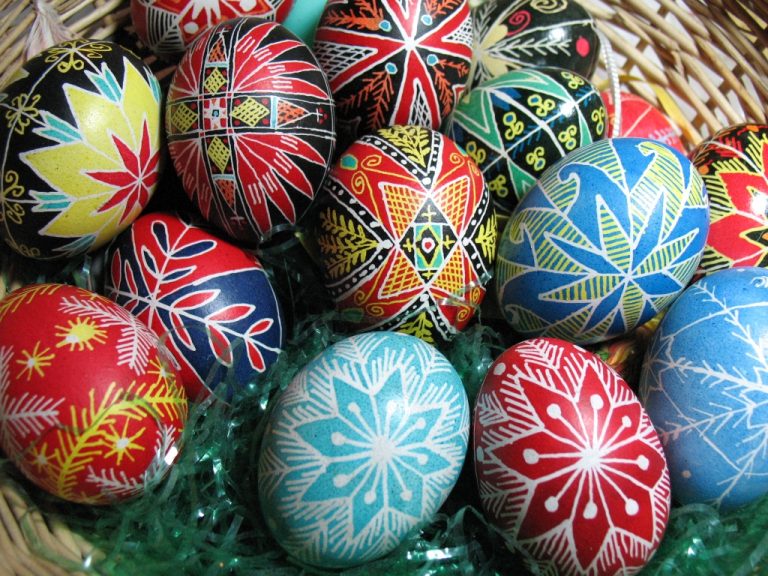Colorful, artistic and sometimes sweet, decorated Easter eggs are almost a worldwide tradition. These charming gems make their appearance at the beginning of each spring, not only marking a time of rebirth in nature, but also reminding the faithful of Jesus’ rise from the tomb.
Traditionally, decorated Easter eggs have been offered as gifts to prominent figures, family visitors, friends and loved ones. Decoration methods vary from one culture to another, creating designs that are part of each nation’s identity.
If you like decorating Easter eggs at home, here are some ideas to fuel your inspiration this year.
Natural dying for edible Easter eggs

The simplest dying technique relies on the use of natural ingredients such as plants, roots, barks and berries, which are boiled to extract their color. Eggs are then dipped into the tinted water, obtaining a more intense color the longer they remain submerged.
Common colorants include red onion peel for a reddish-brown color, red cabbage for blue, marigold flowers for yellow and beet juice for pink.
This natural technique is traditional in places like Belgium, Bulgaria, and Ukraine. The use of natural dyes ensures that the eggs are edible after being blessed in church at Easter.

Success
You are now signed up for our newsletter
Success
Check your email to complete sign up
To create charming designs on the eggs, flowers and leaves are wrapped onto the shell before boiling, leaving an imprint once the surface is dyed. This procedure is popular in Slovenia, where natural designs and earthy tones are favored.
Intricate designs – a tradition turned into craft
In countries such as Croatia, Romania, Ukraine, Russia and Poland, Easter eggs feature complex designs rich in symbolism.
Using a special stylus or a small funnel with a metal tip, artisans trace spiritual emblems, geometric patterns, floral or animal shapes, or folk motifs; all created using wax-resist techniques.

This method consists of using melted beeswax to draw patterns onto the eggshell before dipping it into the dye. The areas covered by the wax preserve their original color, which is revealed once the wax is removed. Before the artistic work begins, the contents are always blown out of any egg that is meant to be preserved.
Beeswax patterns can be applied numerous times, and with each successive dye bath they create multi-layered designs in a variety of colors.
Due to the meticulous nature of this traditional craft, decorating a single Easter egg can take an experienced artisan hours or even days. Their patience, precision and attention to detail are reflected in their stunning works of art.
Washi (colorful paper) eggs
If you prefer to work with ready-made designs, washi eggs may be your favorite. These eggs are decorated by gluing small pieces of washi paper over the eggshell, creating a vibrant layer that, if done right, perfectly preserves the egg’s shape.

Washi paper is a traditional Japanese paper declared intangible cultural heritage by UNESCO. Handmade from natural fibers, washi paper is used in ancient crafts such as origami, and is valued for its thinness, flexibility and durability – it can last more than 1,000 years due to its low impurity content.
Using washi paper will give best results, but inexpensive origami paper will also work. Cut the paper to create a fringe of narrow strips with pointy ends, and glue the fringe around the egg. Then glue the ends at the top and bottom, overlapping them as you go.

The process will take some time, but the results will be worth the effort.
Decorated Easter eggs: Did you know?
It is believed that the tradition of decorating Easter eggs began in the 13th century, when eggs were not allowed to be eaten during Holy Week. People decorated the eggs that hens laid during those days to identify them as “Holy Week eggs.”
Around the same time, Easter eggs acquired spiritual significance, symbolizing the empty tomb from which Jesus rose, and the rebirth and eternal life that His resurrection promises to those who believe in Him.
On this occasion, let us find joy in giving beautifully decorated eggs and, above all, in the powerful message of hope that this holiday brings.
Happy Easter from the Vision Times family!
















